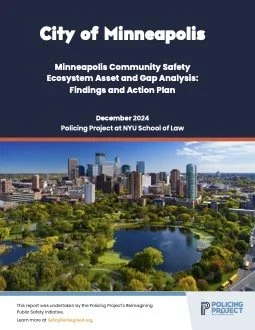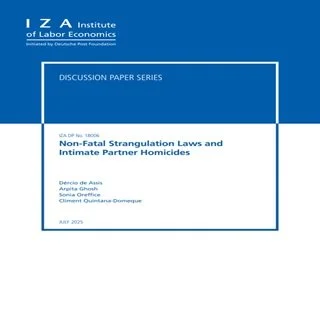By Alexander Heaton, Michael Thompson, Freya Rigterink
The Minneapolis Safe and Thriving Communities Report and Plan provides a vision for the future of community safety and wellbeing. The plan also delivered an actionable framework for how Minneapolis can design and build a robust continuum of services and solutions that work “upstream” to prevent social challenges from manifesting as crime and disorder; “midstream” to respond to acute law, order, and safety incidents; and “downstream” to help heal trauma and build resilience for communities in the aftermath of these challenges. The service continuum in the plan was grouped in three categories: Preventive: Services such as peacemakers, violence prevention, diversion, etc., that address near-term social, health, and economic challenges before they manifest as criminal behavior. Responsive: Services that address community safety incidents in real time through virtual response, civilian response, multi-disciplinary co-response, and sworn officer response. Restorative: Services that over the long term heal trauma from violence, address the root causes of community safety challenges, and help build the capacity for community resilience. These three categories of services form a service ecosystem to holistically and equitably “wrap around” individuals, families, and communities to bring new solutions to neighborhood safety challenges and foster thriving families and communities. Through rigorous and in-depth analysis of current Minneapolis community safety services and programs, and the systems that govern them, this Findings and Action Plan identifies existing barriers and opportunities for advancing the City’s community safety goals. The analysis focuses, amongst other areas, on opportunities to improve community safety services and efficiency; address equity issues in service delivery and provision; promote transparency and use of evidence-based practices; and improve the integration of resources into a holistic ecosystem with coordinated and accountable governance structures.
Policing Project at NYU School of Law
Minneapolis: City of Minneapolis Government, 2024.142p.





